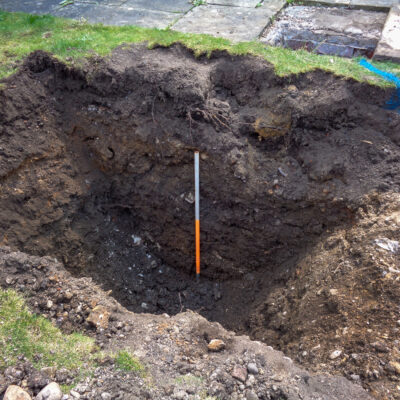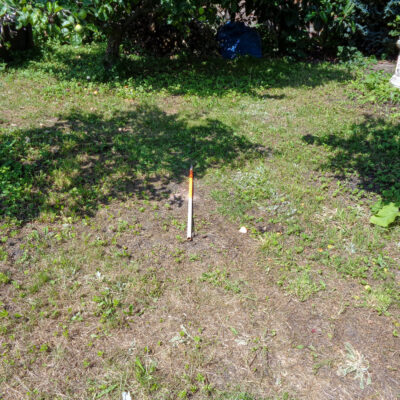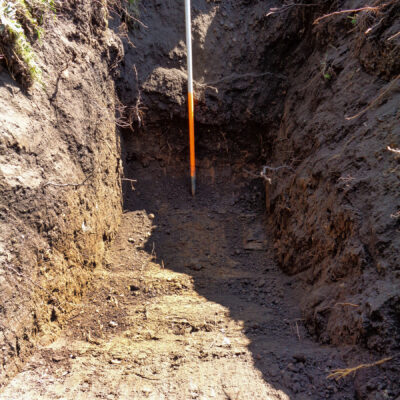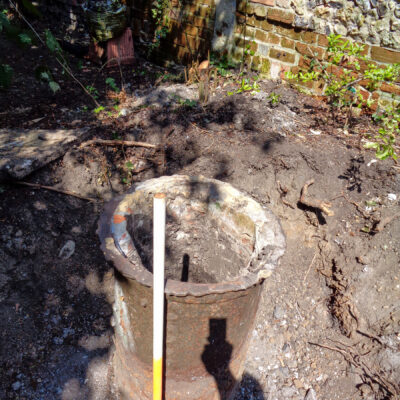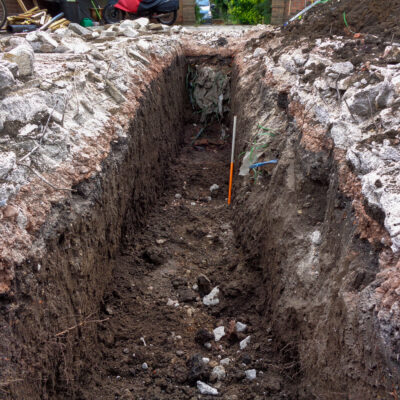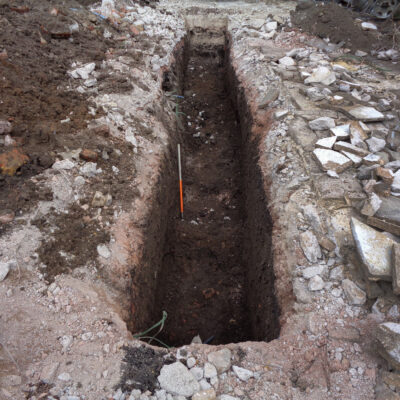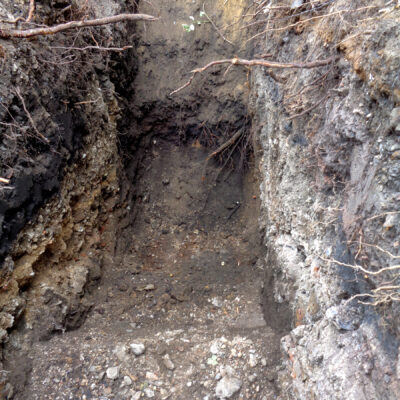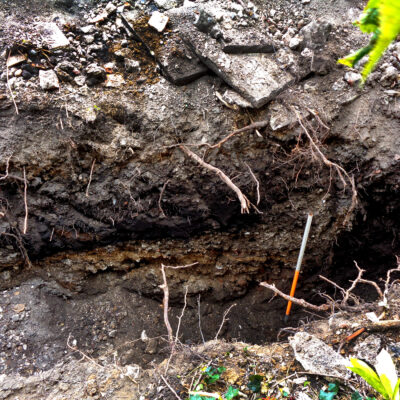Archaeological Evaluation, Oxfordshire
The investigation was required to determine the archaeological potential of the site ahead of alterations and extensions to the house and garage and construction of a new carport and pool with landscaping.
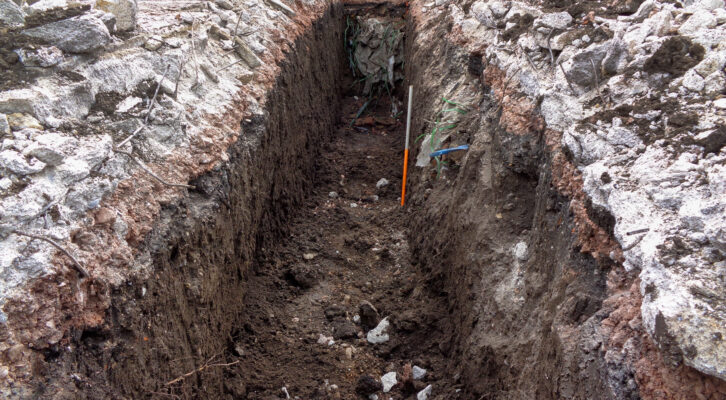
In Brief
Archaeological Desk-Based Assessment
Archaeological Field Evaluation
Key Points
- Grade II listed house in medieval planned town
- Property first referenced in 1604
- 17th century tannery converted to iron and brass foundry c. 1866
- Potential to reveal old tanning pits and remains of a tan house, drying house and bark mill
- Henley Main Conservation Area
Summary
The site formed part of two medieval burgage plots and the desk-based assessment concluded that there was high potential to encounter remains of domestic rubbish or cess pits, as well as evidence of the medieval Town Ditch which ran across the site.
A tannery was established during the 17th century and remained active until the late 1850s, when it was converted to a foundry known as the Henley Iron Works which operated from the mid-1860s up to the Second World War. Buried remains of the tannery buildings, including a tan house, drying house and bark mill, as well as tanning pits were thought to survive, although it was considered that these may have been disturbed or destroyed by the later iron works.
Four trenches were excavated and a buried garden soil was encountered in two areas of the site. In one trench, the buried soil contained a deposit of animal bone, oyster shell and tile, probably representing an area of medieval or postmedieval domestic waste disposal. The same garden soil seen in another trench contained mid-16th century pottery. The buried soil had been truncated by a Victorian garden wall but no other structural remains were revealed.
Results
The report was submitted to the council and approved releasing the site for development.

